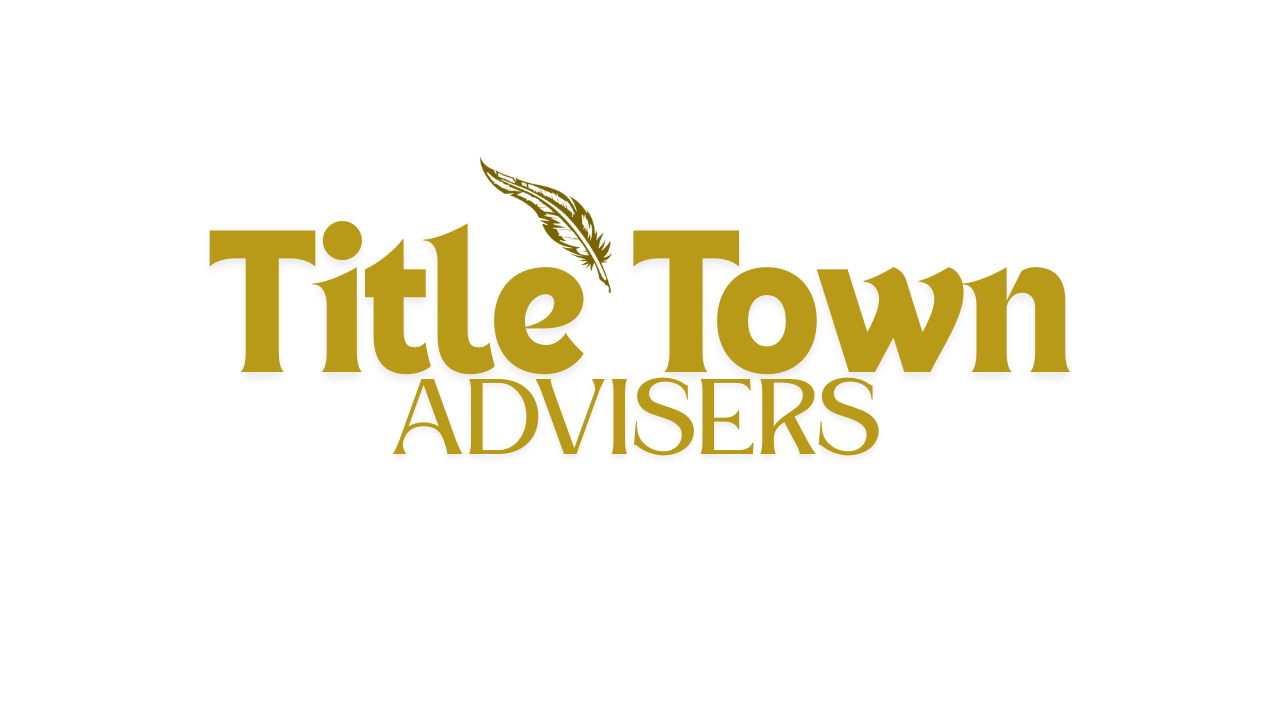The four P’s of marketing, also known as the Marketing Mix, are the foundational elements used to effectively bring a product or service to market. So a company should be looking at Product, Price, Place, and Promotion when launching a service or product. These four P’s will help successfully launch your business into sucess.
Let’s break down the four P’s of marketing, why they are important, and when they should be applied to your business.
Product – The First P in the Marketing Mix
I know, this is clearly obivious, but the product is your actual good or service you are selling to your customer. Furthermore, it is the value it provides to your customers. So companies, start ups, or individuals looking to sell a product or service should think of a few things before they dive into the product.
1. What problem does your product solve?
2. What features or benefits make it unique?
3. What’s the product lifecycle (launch, growth, decline)?
4. How does it compare to alternatives? (competitors)
This is the cornerstone of the marketing mix because without a product or service that solves a real problem or fulfills a need, the other P’s are irrelevant. So lets take a deeper dive into why Product is so import.
Solves a Problem or Fulfills a Need
A succesful product addresses a specific pain point for the customer. It must deliver value. So think about products you as a consumer might buy and why you buy them. Some products can be clothing, travel bags, cars, technology, beauty products, and much more. These products might be useful for you as the consumer vs other products on the market.
Lets take beauty products for example. Kate somerville Skincare prides its business on healthy and radiant skin for woman. It takes into considersation what problem it is sovling, unique benefits, lifecyle, and how it compares to alternatives. It solves problems and has a unique benefit for woman with senstive skin. Obviously, its lifecycle is for how long the product last, which allows customers to consistently buy the product.
Product is more than problem solving, its the customer experience too.
Drives Customer Experience
The quality, features, usability, and design of the product influence how customers perceive your brand and whether they return or recommend you. Again, think of the products you buy, ones that you are frequently purchasing, upgrading, or going back for new models or styles. Personally, I think the best brands, products, or services put more time into how their product or service is packaged. This doesn’t mean it has to be the most expensive packaging, deisgn, or feel but it reflects on the customer it is marketing to.
One business, in my personal opinion, that is the best at customer expereince on the product is Apple. Apple products are consistent across the board. Yes, the iPhone gets annoying when you run out of storage or need an update, but the product epereince is the same across all accessories. Think about when you open an Apple product, the case, how smooth it is when opening the box, turning on the product, and the steps it takes you through. Plus, their website. It is extremely planned and laid out for best user experience trying to find the right accessory for your product.
This experience influences all the other P’s in the marketing mix.
Foundation for Brand Loyalty
What is marketing mix is a tool utilized to help brands understand what elements are to be mixed in order to meet their marketing goals and objectives. This Mix includes the 4 Ps of marketing: product, price, place, and promotion.
What is marketing ?Today’s marketers have access to a wealth of information through new tools for customer profiling, artificial intelligence, and response analysis to name just a few. Add Big Data, or the ability to collect, analyze, and act on enormous amounts of customer and product information, and the idea of providing reliable, predictive one-to-one marketing becomes Benefits of investing in Real Estate.
What is marketing
What is marketing core tenants of marketing have stood the test of time. The age of the Internet has caused some changes in the way that marketers work, meaning revising old marketing processes, concepts, and priorities and then reconstructing them into forms that work better and more effectively in this new world of communications. But through it all, those tenants and fundamentals remain the same.
The 4 Ps of Marketing
The 4 Ps of marketing include product, price, place, and promotion. These are the key elements that must be united to effectively foster and promote. A brand’s unique value, and help it stand out from the competition.
Jerome McCarthy first proposed the modern form of the 4 Ps in his 1960 textbook, Basic Marketing: A Managerial Approach. These elements have since provided a standard method for describing marketing programs for over 50 years. So what makes the 4 Ps of Marketing so important that they have withstood the test of time, including the growth of the internet age? Below we break down each P and reexamine the ways that each has remained critical to marketing.
Product
A product refers to any item that intends to satisfy the needs and wants of a target customer. It can be a tangible good, such as a clothing item or piece of software, or intangible, like a service or experience (think legal services or a cruise).
Marketers must always have a clear concept of what their products stand for, and what differentiates them from the competition before they can be marketed successfully. Today, the internet can be considered either the medium for purchase, via e-commerce, or the product itself, such as a social media service. Because of this, it’s vital that marketers fully understand the product they are selling, how it meets the needs of their target customer, and what makes their product stand above the competition.
Some key questions that marketers need to answer include:
- What do customers want from your product/service? Does it satisfy their needs?
- What features of your product/service work to meet your customer’s needs? Have you missed out on any features?
- How and where will the customer use it?
How will the customers experience it?
Price
First comes the product, and immediately after comes a determination of its value among target audiences. Pricing strategy is an art and a science, it involves both market data and careful calculations, as well as skillfully balancing between pricing that is too high or too low and understanding how skewing, either way, might damage the brand.
Price not only refers to the monetary value of a product but also the time or effort the customer is willing to expend to acquire it. Determining this will be a critical factor in revenue for the brand as it will impact profit, supply, demand, and how much marketers should spend on a promotion or marketing strategy. In and of itself, is why this ‘P’ is one of the most important. If a product is priced too high or too low, the product – and brand – could fail.
Some key questions that marketers need to answer include
- What is the value of the product or service to the buyer?
- How will your price compare to competitors?
- Are there any possible established price points for the product/service in this area?
Place
The internet age has introduced new challenges when it comes to reaching your customers. Place refers to providing customers access to the product, and it also calls into play convenience for the customer. Marketing through digital channels means it is about putting the right product, in the right place, at the right price, at the right time, in front of the customer.
Some key questions that marketers need to answer include
- Where are target customers shopping?
- Are they using desktops or mobile devices?
- Are they shopping for similar products online, or in brick-and-mortar stores?
- Where are they engaging on social media?
Even though transactions with your company may take place exclusively in-store or online, customers likely interact with your brand or your specific products in a number of areas. It’s important to consider how each of these places influences the overall customer experience.
Promotion
Now, how to make an audience aware of the product? Within the framework of the four Ps, promotion refers primarily to marketing communications.
These communications use channels such as public relations, advertising, direct marketing, email marketing, social media marketing, or sales promotions; think of it as any way marketers disseminate relevant product information to their target customers.
Promotion is the area that has arguably seen the greatest growth and change as a result of the digital age. With the exceptional access offered by B2C marketing solutions, marketers can now promote products easier, more effectively, and with more personalization than ever before, thus leading to greater outcomes and ever-increasing expectations.
Some key questions that marketers need to answer include:
- How will you reach your target audience?
- Where will you send your marketing messages to your target audience?
- How does your competition promote their product? Does that influence your own promotional activity?
- When is the best time for promotion?
- Read more What Is the Difference Between Branding and Marketing




0 Comments